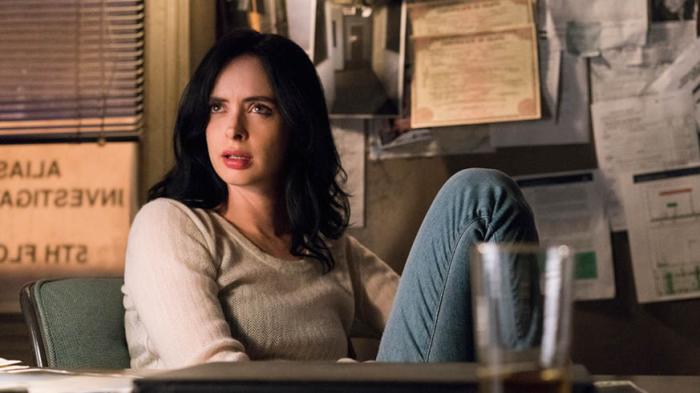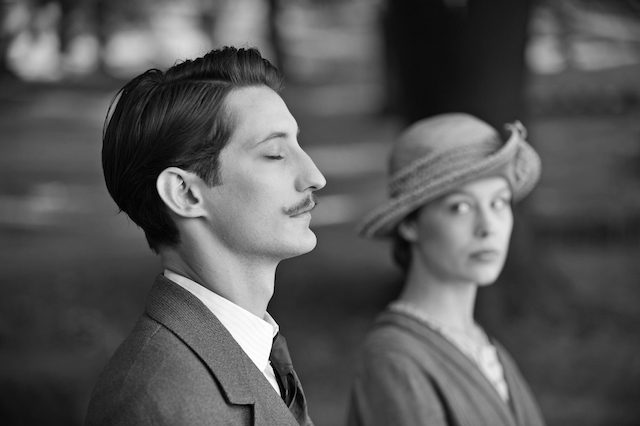‘Truth’ With a title like “Truth” and with Robert Redford playing Dan Rather and with the focus being his “60 Minutes” disgrace, you probably know what to expect. It will be a mere exoneration, rewriting history so that his takedown of George W. Bush — which led to him being “asked” to step down from his longtime “CBS Evening News” post — is seen as a simple witch hunt, a rewrite preserved for eternity in the movies. As it happens, the title is more like a question. It doesn’t not come out and say what happened to Rather — and his producer/co-conspirator Mary Mapes, played by Cate Blanchett — was undeserved, even if the punishment is deemed too severe. But it’s more useful as a look at the difficulty, even the impossibility, of sifting truth out of an avalanche of facts and random chunks of simple human fallibility. Indeed, “Truth”’s writer-director, James Vanderbilt, wrote what may be the key film on the subject. “Zodiac,” directed with pure OCD mania by David Fincher, is all about the strain of finding the truth amidst chaos. So, for the most part, is “Truth.” Rather and Mapes mean well when they hatch a segment calling out Bush, in the middle of his 2004 re-election campaign, on his sketchy military service. They have a couple reliable-ish sources saying he never served, backed up with what appear to be verifiable memos. But once the segment airs, the debunkers — many of them from the still nascent world of grassroots Internet journalism — start a quickly towering dogpile. They say the memos are faked. Sources back down. Soon Rather and Mapes are hung out to dry, charged with letting political bias get in the way of expert snooping. RELATED: Cate Blanchett and Robert Redford don’t think “Truth” simply exonerates Dan Rather You don’t have to watch “Truth” with a lefty bias to note that it’s not saying Rather, Mapes and team weren’t sloppy. They’re shown rushing out the story; a scene finds the segment bumped up a few weeks due to other stories that need to run on later dates. In fact, the fury over the story’s claims causes them to go back and do some investigating they should have done before it went to air. This is where the “Zodiac” side of Vanderbilt — who moonlights as one of the many authors of blockbusters, including the last aborted “Spider-Man” series — shines the most. There are frantic phonecalls and exhaustive file searching. There’s an entire stretch where Mapes’ team struggle to locate one of the memo’s most glaring potential red flags — a raised “th” with an underline under it, which some claim was a style not a staple of military forms till the 1980s — in a sea of old communiques. It’s one of the film’s most exciting stretches, directed with a fast, and it has to do with typography. It’s that kind of movie. This could be read as mere excuse-making. They couldn’t do the story right because there was no time! The sources seemed legit! The memos seemed on the level! And Rather and Mapes aren’t experts anyway, and the experts they hired said it was cool — or some of them did, anyway! But its real aim is to use this story to highlight the difficulties of truth-seeking. It can manipulate our feelings at times. Rather is shown as more or less outside of it all — more the mouthpiece, who does more room-working and posing than actual journalism. Blanchett’s performance is one of harried, even grouchy unraveling, reduced from a frenzied reporter who works too much — bits at home with her husband looking for more face time aren’t too intrusive but still feel boilerplate — to someone spinning into a phantasmagoric freak-out as she loses control of her story and her life. You’re supposed to feel for them as people targeted as villains. It feels like a film about Justine Sacco, the innocent woman whose misjudged but misinterpreted tweet about Africa made her a social media pariah, might now play. But even in the final stretch, when Mapes is heroically telling off a passive-aggressive (and then aggressive-aggressive) all-male council and Rather is being filmed in angelic light, it doesn’t completely clear them. And it certainly doesn’t whitewash over some of their actions. In their pursuit to defend their story, they play dirty. They exploit one of their recanting sources (Stacy Keach), then get righteously told off about same. They air follow-up segments where they ask leading and invasive questions. And we’re never made to forget that they did rush the segment without making sure it was air tight. We’re asked to ponder over the scary evolution of journalism in the Internet age, and asked to sympathize with people who were among the first victims of a future in which reality can be manipulated, where a false narrative can overshadow the real one, and where the role of human error can be ignored. It’s a film made of human error too. Sometimes, as a director, Vanderbilt does his best “Zodiac”-Fincher impersonation; sometimes he ladles the film with manipulative strings and Ron Howard-y filmmaking. But its intentions are pure. It asks more questions than it answers, and many of those questions are ones, looking back on the waning days of classical journalism in 2004 from its near-death in 2015, that need to be asked.
Director: James Vanderbilt
Stars: Cate Blanchett, Robert Redford
|Rating: R
3 (out of 5) Globes
‘Truth’ is more about the difficulty of journalism than the Dan Rather scandal

Sony Pictures Classics
Follow Matt Prigge on Twitter @mattprigge


















